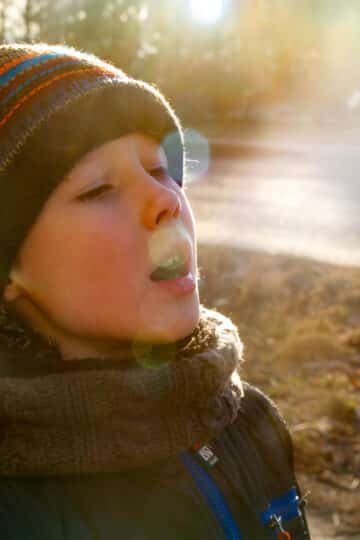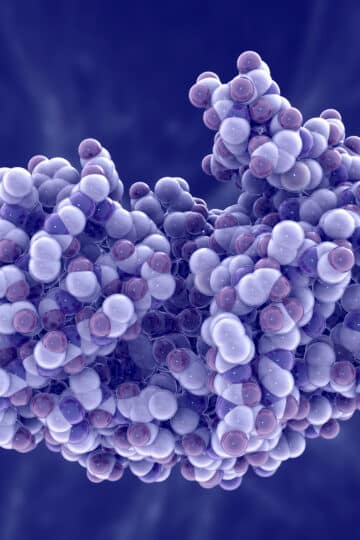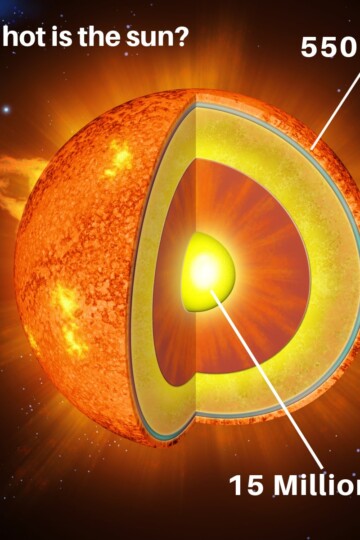Fireworks are often used to celebrate special events or times of the year. In the UK, Fireworks are most commonly used around Bonfire Night on November 5th.
There's a lot of interesting science in fireworks. They have to be propelled high into the air, burst the outer casing at the correct altitude and then create the colourful explosions and noises people like to see.

Most fireworks consist of an outer shell in a tube-like shape made from paper or plastic. The casing holds the different chemicals needed to create the firework effect.
Fireworks are launched by lighting a fuse underneath, which ignites a lift charge. The charge creates hot gases that propel the fireworks into the air.
When the firework reaches the desired height, the shell bursts open, and the firework effect is seen. Each colourful spark or star in a firework is created by small explosive pellets of various chemical compounds, which produce a bright, colourful effect when ignited.
The colours of a firework depend on which metal salts are used.
Commonly, strontium produces a red colour, barium a green colour, copper a blue colour and sodium a yellow colour.
Did you know the word firework comes from the Greek word pyrotechnics?
When were fireworks invented?
Humans have been using fireworks since around 200 BC. Although fireworks back then were very different to the ones we use today. The Smithsonian website has a great overview of the fascinating history of fireworks.
Remember, fireworks are dangerous and should only be used by trained professionals.
Last Updated on March 24, 2025 by Emma Vanstone




Leave a Reply